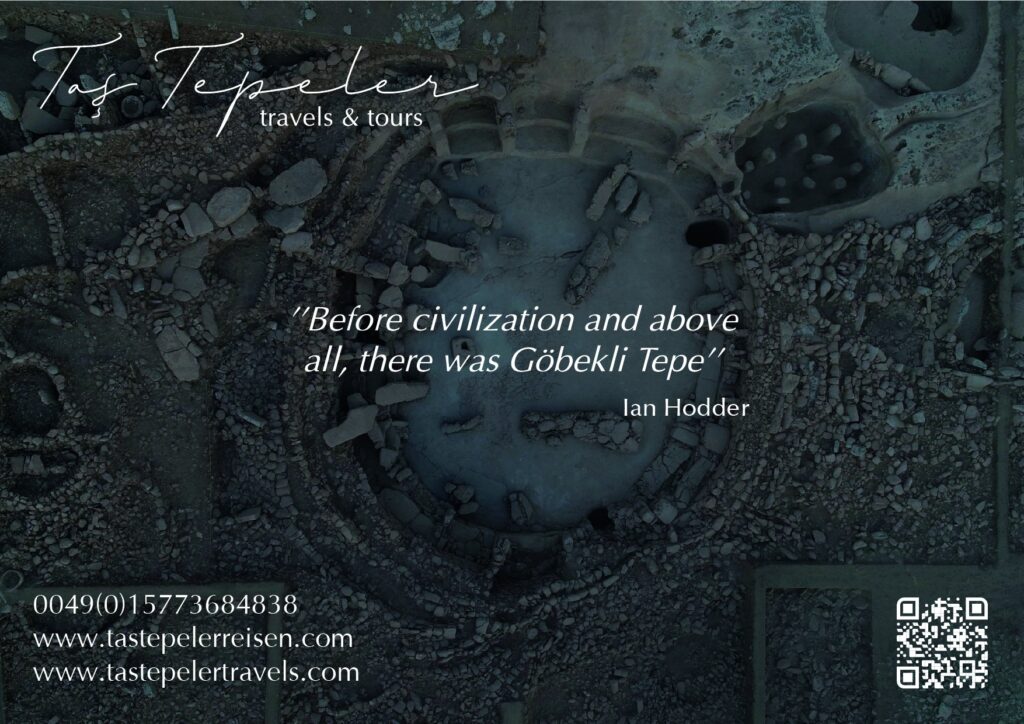
The archaeological record provides insights into prehistoric technology and, by extension, the daily life of prehistoric peoples and their societies. For certain periods, the evidence is more visible, and often includes an artistic dimension that conveys individual or social ideologies. One of the most striking periods in Near Eastern prehistory is the Neolithic, in which humanity transitioned from a migratory existence to a more sedentary life. The process of Neolithisation brought with it substantial changes to the cycle of daily life, subsistence strategies and technology, but perhaps most significantly to social rela- tions, culminating in a redefinition of humanity’s place in the world. The development of collective activities and rituals, and the construction of communal buildings with strong symbolic elements, was instrumental in advancing this new way of life—a phenomenon that has been widely discussed (see articles in Neo-Lithics 2005/2 and 2013/2; Hodder 2018).


